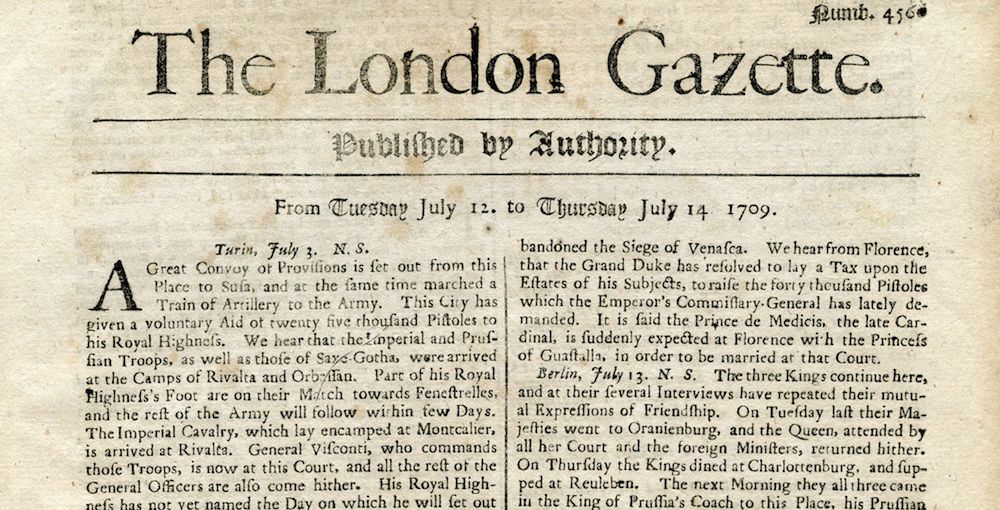
News Evolution

Let’s say you receive a Facebook message from a friend with news that your favorite football team is moving to another state. He tells you he read it on a blog you know about. If you’re an average 21st-century American, chances are you’ll believe it, and you won’t even bother to verify it.
When it comes to getting your news, that makes you a lot like a 17th-century Briton. In a paper in the Huntington Library Quarterly, UC Santa Barbara scholar Rachael Scarborough King explores the emergence of the news media nearly four centuries ago and the key role that manuscript newsletters — hand-written correspondence filled with third-party news and tidbits — played before printed newspapers dominated the scene.
“So much of the news we get is being recommended by people we know and it’s sort of a different model of news, of how you access your news and how you authenticate it,” said King, an assistant professor of English. Before the rise of Facebook and other online sources, she noted, “Everyone got their news from this very top-down source. Here it seems like we’re returning to this model of trusting the person who told you the news on a more personal level, or at least shared the news in the case of Facebook.”
When the first broadsheet newspaper, the London Gazette, appeared in 1665, most people got their news from professional, mass-produced manuscript newsletters. Conventional wisdom held that the Gazette marked the end of newsletters and the ascendance of print newspapers. King, however, argues that newsletters remained the dominant media for at least the first century after the Gazette’s publication. Rather than replace newsletters, she said, printed media relied on them for content while newspapers evolved into the objective fact-gathering publications with which we’re familiar.
“Part of what I’m trying to show is that readers at the time really didn’t think of major newsletters as necessarily less public, more private or more secret than printed newspapers,” King explained. “There was more of a back and forth between the two. The newsletters might copy items out of the newspaper. So rather than one being overtaken by the other or one becoming the more outmoded form, what I’m seeing is this more protracted ongoing negotiation between the two in the early years of the newspaper.”
One advantage newsletters had over printed media at the time was the ability to deliver “breaking” news: the people who copied newsletters — up to 500 at a time — could include new items up to the time they were sent to the post office, King noted. “Whereas if you’re printing a newspaper,” she said, “you have to set the type and then print it, so there’s a little more of a lag there.”
After decades of a kind of symbiosis between newsletters and print media, readers eventually settled on newspapers as the medium of choice. “People decided that whatever benefits there might be from being able to update it quickly and being able to personalize it a little bit,” King said, “were outweighed by the benefits of being able to print thousands of copies at once. In the mid- to later-18th century, once newspapers really take off and are being printed in much larger numbers, at that point newsletters can’t really keep up.”
Today, surveys suggest the public’s news consumption looks a lot more like the heyday of the newsletter. According to the Pew Research Center, 38 percent of Americans get their news online, primarily from social media. Is the past prologue?
“I’m not sure I’m able to make any predictions about where the media is going based on this kind of historical parallel, but certainly this shift to so much news being on Facebook and being accessed in more personalized ways has happened really quickly,” King noted. “It has been a moment when people are thinking about how we access news and whether these new media systems are working or whether they’re changing things in negative ways.”



